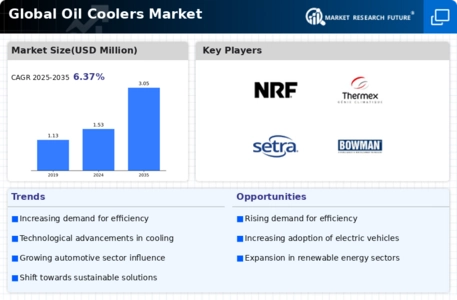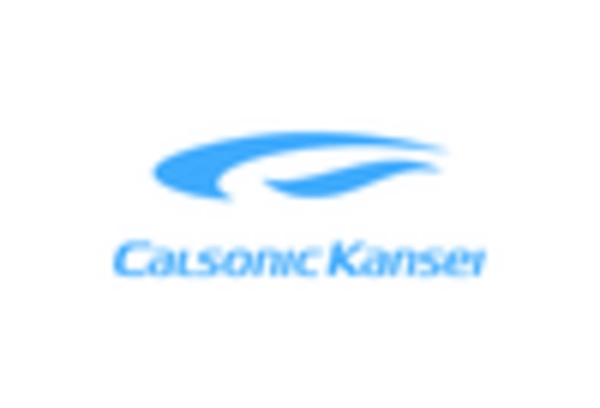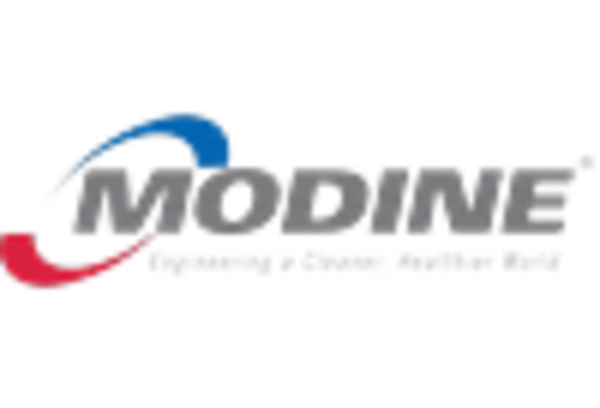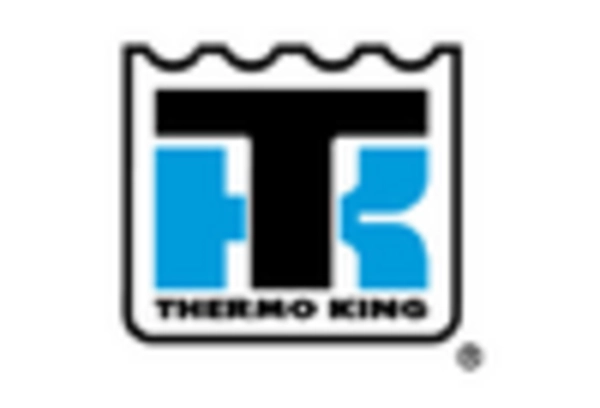Market Share
Oil Coolers Market Share Analysis
Manufacturers and distributors employ dynamic strategies in setting product prices, often tailoring them based on the volume of procurement from end-use companies to incentivize bulk purchases. In the Middle East & Africa (MEA) region, numerous companies are opting to source oil coolers from countries in the Asia Pacific, such as India and China, and subsequently engaging in trade within the MEA region.
To foster bulk procurement, distributors and manufacturers often adapt their pricing structures, recognizing that end-use companies may be more inclined to make substantial purchases when offered favorable pricing for larger volumes. This approach serves as an effective mechanism to stimulate increased demand and support mutually beneficial business relationships between suppliers and buyers.
In the context of the MEA region, a noteworthy trend involves companies from this region procuring oil coolers from Asian countries, specifically India and China. This sourcing strategy reflects the recognition of competitive pricing, quality, or other factors that make these Asian markets attractive for meeting the demand for oil coolers in the MEA region. The dynamic nature of global trade allows companies to strategically leverage the strengths of different regions for procurement and distribution.
Moreover, the influence of raw material prices on product pricing is a critical consideration for manufacturers, particularly those in the packaging industry. Large-sized packaging manufacturers adopt a proactive approach by stocking raw materials in substantial quantities. This practice is underpinned by long-term production planning, the availability of expansive warehousing facilities, and robust financial positions. By maintaining ample raw material stocks, these manufacturers insulate themselves from the impact of price fluctuations in the raw materials market.
Conversely, small-sized manufacturers face constraints in storing raw materials in significant quantities due to limited access to warehousing facilities and smaller production capacities. As a consequence, the fluctuation in raw material prices exerts a more pronounced influence on their product pricing strategies and profit margins. The vulnerability of small-sized manufacturers to raw material price volatility underscores the importance of agility and adaptability in navigating market dynamics.
The interplay between procurement strategies, pricing models, and market dynamics reflects the intricate nature of business operations, especially in industries where raw material costs exert a substantial influence. The global landscape, characterized by the movement of goods and resources across regions, presents opportunities for strategic sourcing and trading activities. Manufacturers, distributors, and end-use companies alike navigate these dynamics, employing diverse approaches to ensure competitiveness, cost-effectiveness, and sustained profitability in the ever-evolving marketplace.

















Leave a Comment